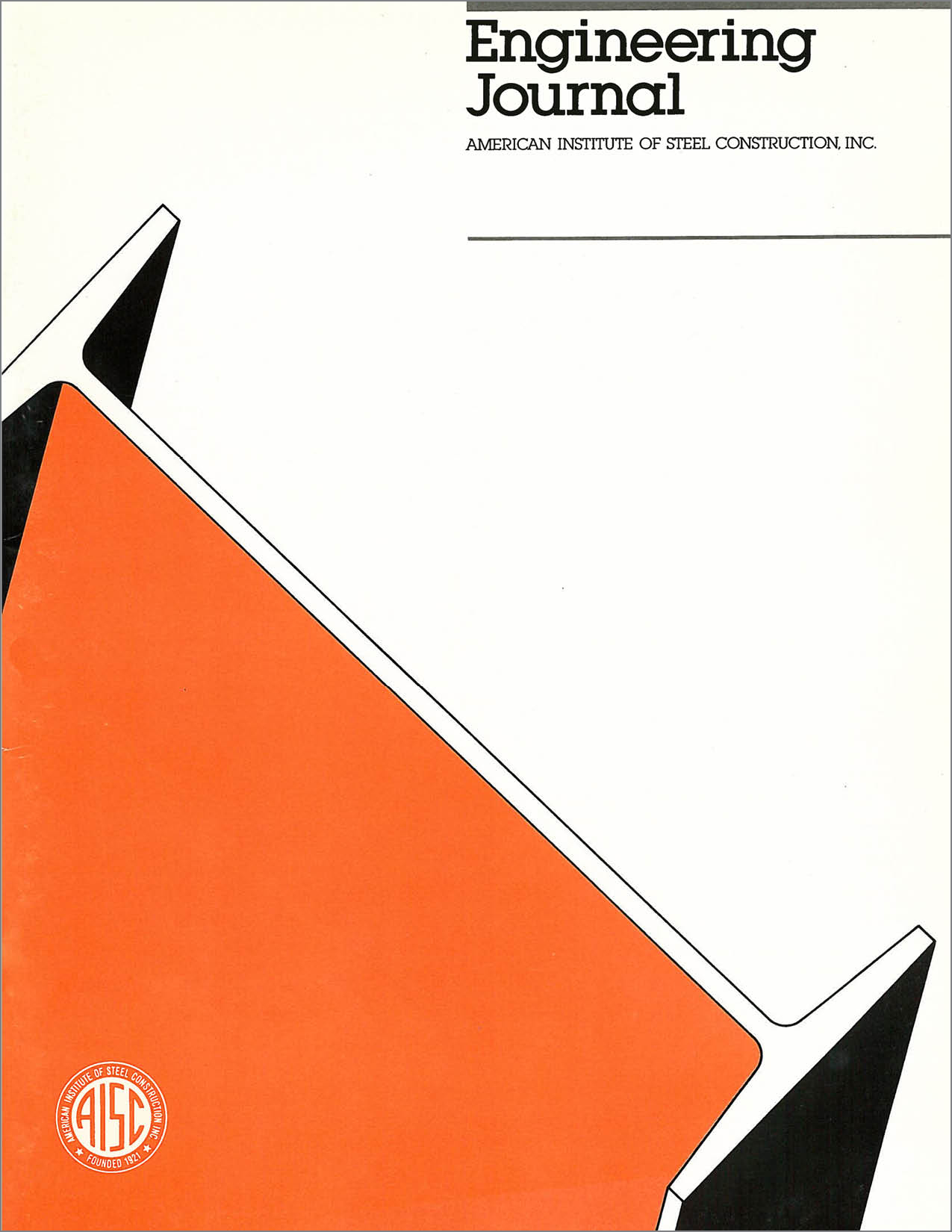Strength of Shear Studs in Steel Deck on Composite Beams and Joists
DOI:
https://doi.org/10.62913/engj.v30i2.614Abstract
Composite beam or joist and slab systems typically provide the most efficient design alternative in steel frame construction, and indeed it is one of these systems that make steel an economically attractive alternative to concrete framed structures. Composite beam specification requirements and design aids are given in the American Institute of Steel Construction (AISC) Load and Resistance Factor Design (LRFD) Manual. The LRFD composite beam design procedure results in designs that are typically 10-15 percent more economical than those obtained using the AISC allowable stress design (ASD) procedure. The efficiency of composite beam design using LRFD procedures has, in the authors opinions, been the primary motivating factor for the use of the LRFD specification2 to date. The design strength and stiffness of composite beams depends on the shear connection behavior. The strength of the shear connectors may be reduced because of the influence of the steel deck geometry. An empirical expression for this reduction was developed by evaluating results of composite beam tests in which the deck ribs were oriented perpendicular to the steel beam.

